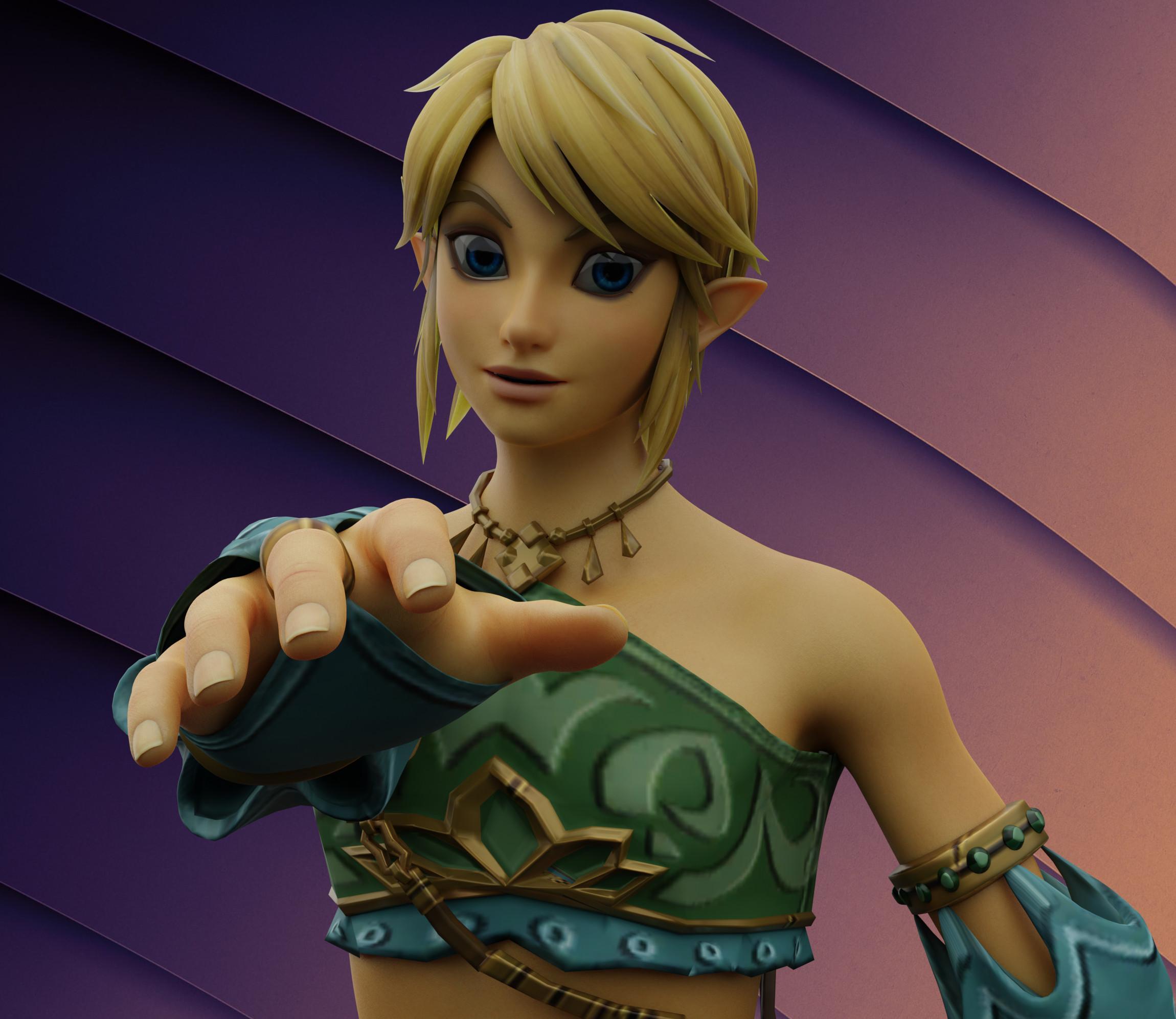I'll be doing a workshop in a few weeks, and I wanna raise awareness about predatory lootbox paytowin games. I wanna play live, an easy to start playing and understand game, that is so sneaky and predatory that some kid would very easily buy some microtransaction or lootbox without even realizing what they just did.
Basically I wanna play it like "Ohhh, look at this game, looks so fun, oh, what is this? more gems? lets see, Nooooo!!!!! I just bought a microtransaction, I won't be able to eat for a month"
Do you have some recommendation for that purpose?
https://podcasts.apple.com/us/podcast/how-roblox-exploits-children-w-quintin-smith/id1507621076?i=1000547080283
Roblox is industrial-scale child labour to sell microtransactions to children, normalising the idea at the earliest stage of their 𝑔𝒶𝓂𝒾𝓃𝑔 𝒸𝒶𝓇𝑒𝑒𝓇.
People have gone over the ptw mechanics for Diablo in some depth. It's not exactly a kids game, but it has all the things. Kids are kind of a bad choice for the real predatory stuff, you might get them to give you a couple of grand once, but if you can hook an adult you get to hit them every month.
If it must be kid focused, have a look at those cutesy merge games. Or just hit a popular game and look at the ads it's running.
Thing is, most of these games are kind of bad unless those little pleasure hits really work for you, so you might not find them 'fun'. These aren't supposed to work on everyone, rather they are designed to really work on a minority of people.
I got in pretty deep on Marvel Future Fight a couple years back. It really bothers me how a family friendly franchise will be packed with pressure points and gambling mechanics.
The game starts fine, as a short mission based story line, and progress happens fairly quickly. You play missions to get character bios (points) to unlock more marvel characters, and then you can build small teams for different missions.
As you start unlocking more characters, you also need to rank up the characters you own to make them more powerful. Again, the basic level upgrades are easy, as you collect material per mission, but as you start getting into the middle game, ranking a character happens through RNG.
You upgrade a character though multiple resource points, Rank, then Tier, then weapons, uniforms, gear, and crystals. There is no set "cost" for upgrading one part of a character. You build up a bunch of materials, and then you take a spin. There's a random amount of progress made spending the material, and each upgrade path becomes its own slot machine, with its own materials to spend. You MIGHT get lucky and get a full upgrade to a power crystal in one turn, but more than likely you'll need to burn HOURS of game time grinding to build up the materials, spend all the materials, and be left with nothing.
If you want to shortcut that progression, it can cost HUNDREDS of dollars to rank ONE character to a point where you can be competitive in online events and in guild play. You won't be competitive with just a couple high ranking players, you need a FULL roster for the multiple events available.
At present, Marvel Future Fight includes over 250 playable characters. Each needs to be ranked and upgraded through multiple game mechanics, and new uniforms are regularly released that also require RNG mechanics to own and upgrade.
Whales will spend THOUSANDS of dollars at the start of a new event, and when new characters are released, to chase the game's meta. Sure, you aren't "buying a lootbox", but players are spending money to build up resources, only to throw those resources away at multiple slot machines built into EVERY character. It's one of the most insidious games I've ever played, and it's marketed at kids and teens.
Clash of Clans? Progress is time gated, but can be skipped with gems.
Another factor is how addictive the game is designed to be. A quick search led me to https://www.video-game-addiction.org/what-makes-games-addictive.html which covers some of the things. For example:
Games that hook players are often designed to be just difficult enough to be truly challenging, while allowing players to achieve small accomplishments that compel them to keep playing. In that respect, the design of video games is similar to the design of gambling casinos, which will allow players to have small “wins” that keep them playing.>
Going over addictive design elements like this can at least let people be more aware of why they keep wanting to play.
I don't know how popular Pokemon Sleep is yet, but that concept of a „game“ is seriously fucked




